It Came From GenCon 2012: Young Kid Edition
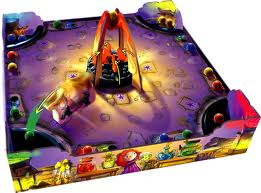
GenCon is fun for gamers of all ages, but now that I have young children, I always have a special place in my heart for games that I can play with one or both of them. Given that my oldest is currently 7, though, this puts some pretty massive restrictions on what I can actually play. It has to be age-appropriate in both content level and rule complexity.
This year saw a number of games that caught my fancy in this regard. The charming Magician’s Kitchen, the enchanting Dixit, and, last but certainly not least, the upcoming game Mice and Mystics, which is available now for online pre-order with a significant discount.
Magician’s Kitchen
This is a fun little game where you’re playing a magician’s apprentice who is running around, trying to get potions in the cauldrons and then starting a fire. The trick to this game is that there are hidden magnets that cause your piece to drop the potions. For a more detailed description of Magician’s Kitchen, I recommend my review over at the About.com Physics site, where I even proposed some ideas about how you could use this fantasy game to teach some cool scientific ideas to the young ones.
Magician’s Kitchen is designed for up to 4 players, aged 5 to 15. My youngest son (age 2) really gets enjoyment out of making the apprentices drop their potions. The game is available from Amazon.com and other retailers nationwide, with a retail cost of $29.99.
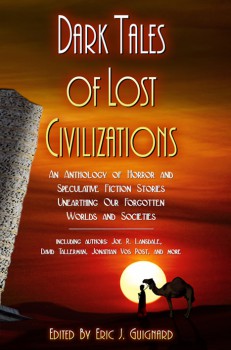 Dark Tales of Lost Civilizations: An Anthology of Horror and Speculative Fiction Stories Unearthing our Forgotten Worlds and Societies
Dark Tales of Lost Civilizations: An Anthology of Horror and Speculative Fiction Stories Unearthing our Forgotten Worlds and Societies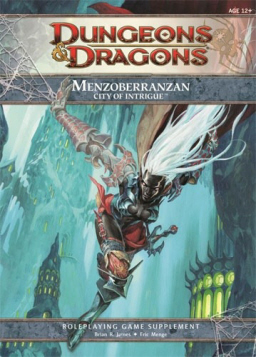
 You know the prologue. Contracting an illness (possibly scarlet fever or meningitis) at the age of nineteen months, Helen Adams Keller survived, but was left both deaf and blind. Keller’s parents would eventually contact Anne Sullivan, herself blind, to tutor their daughter (who, at the age of six, still had not grasped the concept of words representing things). By pressing her hand into the girl’s palm, Sullivan was able to teach the girl to read sign language through touch. After that breakthrough, Helen Keller went on to write twelve books, meet thirteen U.S. Presidents, help found the American Civil Liberties Union, and introduce the Akita breed of dog to the United States.
You know the prologue. Contracting an illness (possibly scarlet fever or meningitis) at the age of nineteen months, Helen Adams Keller survived, but was left both deaf and blind. Keller’s parents would eventually contact Anne Sullivan, herself blind, to tutor their daughter (who, at the age of six, still had not grasped the concept of words representing things). By pressing her hand into the girl’s palm, Sullivan was able to teach the girl to read sign language through touch. After that breakthrough, Helen Keller went on to write twelve books, meet thirteen U.S. Presidents, help found the American Civil Liberties Union, and introduce the Akita breed of dog to the United States.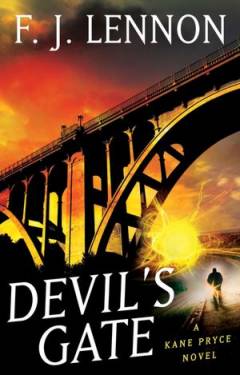

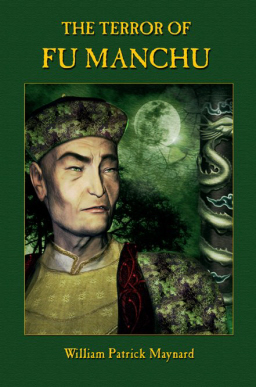
 Lost Things: Book I of the Order of the Air
Lost Things: Book I of the Order of the Air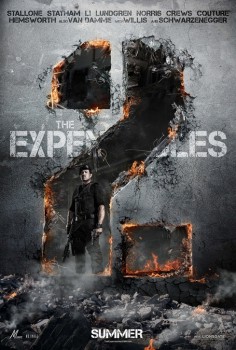 Two years ago I walked out of a theater showing The Expendables, shaking my head in mild bewilderment. I don’t just have a high tolerance for ‘80s action cheese; I actively embrace it. I was nearly as excited about the release on Blu-ray last week of Death Wish 3 as I was about Jaws’s simultaneous hi-def debut. (Well, not really, but that’s my way of drawing your attention to what an over-the-top great/stupid movie we have in Death Wish 3.) But 2010’s The Expendables pushed none of my buttons. It was dull, the action flat, and Stallone seemed to think audiences would care about the tangled romantic lives of his and Jason Statham’s characters (at the expense of the rest of the cast). Stallone also seemed ignorant of the premise’s goofy appeal and played too much of it straight. The film ended up wasting most of the names on the marquee and couldn’t live up to its modest goals. It was also badly tarted-up with occasional post-production blood to get an R rating after it was shot for PG-13. It was a misfire for what looked like a simple shot.
Two years ago I walked out of a theater showing The Expendables, shaking my head in mild bewilderment. I don’t just have a high tolerance for ‘80s action cheese; I actively embrace it. I was nearly as excited about the release on Blu-ray last week of Death Wish 3 as I was about Jaws’s simultaneous hi-def debut. (Well, not really, but that’s my way of drawing your attention to what an over-the-top great/stupid movie we have in Death Wish 3.) But 2010’s The Expendables pushed none of my buttons. It was dull, the action flat, and Stallone seemed to think audiences would care about the tangled romantic lives of his and Jason Statham’s characters (at the expense of the rest of the cast). Stallone also seemed ignorant of the premise’s goofy appeal and played too much of it straight. The film ended up wasting most of the names on the marquee and couldn’t live up to its modest goals. It was also badly tarted-up with occasional post-production blood to get an R rating after it was shot for PG-13. It was a misfire for what looked like a simple shot.